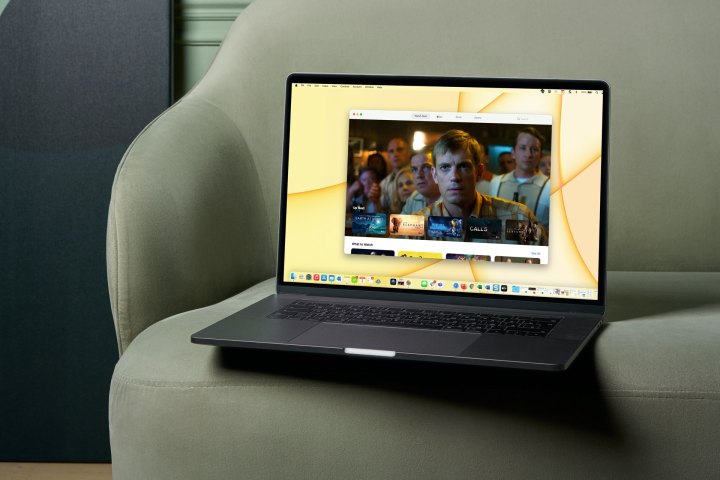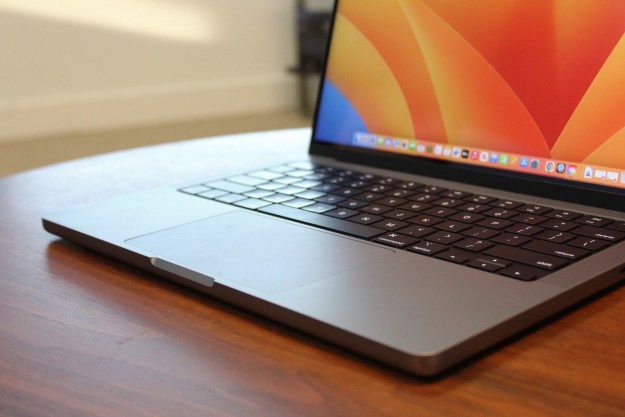You might think that your Mac is invulnerable to viruses and other security threats, but you might want to think again. As part of its commitment to intelligence sharing and collaboration, Microsoft recently exposed the evolution of a MacOS Trojan that can stealthily lift your personal data.
First spotted in September 2020, Microsoft says this piece of malware, known as UpdateAgent, has increasingly progressed to “sophisticated capabilities.” Though it also indicated that the latest two versions are still more “refined,” Microsoft does warn that the malware is again being developed, and more updates could come soon.

It is so bad, that Microsoft believes this malware can be leveraged to fetch more dangerous payloads beyond just the adware that it is already injecting into victim machines.
But how does it work? Per Microsoft, the UpdateAgent malware can impersonate real software, and then take Mac functionalities under its own control. It is usually first installed to victim Macs by automated downloads without a user’s consent, or advertisement pop-ups, which impersonate video applications and support agents. UpdateAgent can even bypass Gatekeeper, which usually makes sure that only trusted apps can run on Macs. The Malware then takes over a machine and performs malicious acts like injecting adware.
Microsoft worked with Amazon Web Services to pull the URLs used by UpdateAgent to inject adware, but the UpdateAgent campaign has steadily evolved. It went from basic information stealer in December 2020, to the ability to fetch and deliver .DMG files in February 2021, to being able to fetch and deliver .ZIP files in March 2021.
Later in August, the malware expanded its reconnaissance function to scan and collect System_profile and SPHardwaretype information from victim machines. At its worst point in August, the malware even used permissions and wrote its own code to trick Gatekeeper into thinking it’s not even there.
“UpdateAgent is uniquely characterized by its gradual upgrading of persistence techniques, a key feature that indicates this trojan will likely continue to use more sophisticated techniques in future campaigns,” Microsoft said Microsoft.
Microsoft wasn’t clear which versions of MacOS are impacted by UpdateAgent, but it did have some advice that goes beyond using antivirus software. It pointed to using the Microsoft Edge browser, which can block and scan for malicious websites. Other tips include restricting access to privileged resources, installing apps only from the app store, and running the latest versions of MacOS and other applications.
Editors' Recommendations
- 4 high-end features Windows laptops still have over MacBooks
- How to choose between a MacBook and a Windows laptop
- The 6 key things Apple must fix in the next version of macOS
- These 6 tweaks take MacBooks from great to nearly perfect
- Don’t download the latest macOS Ventura update just yet


